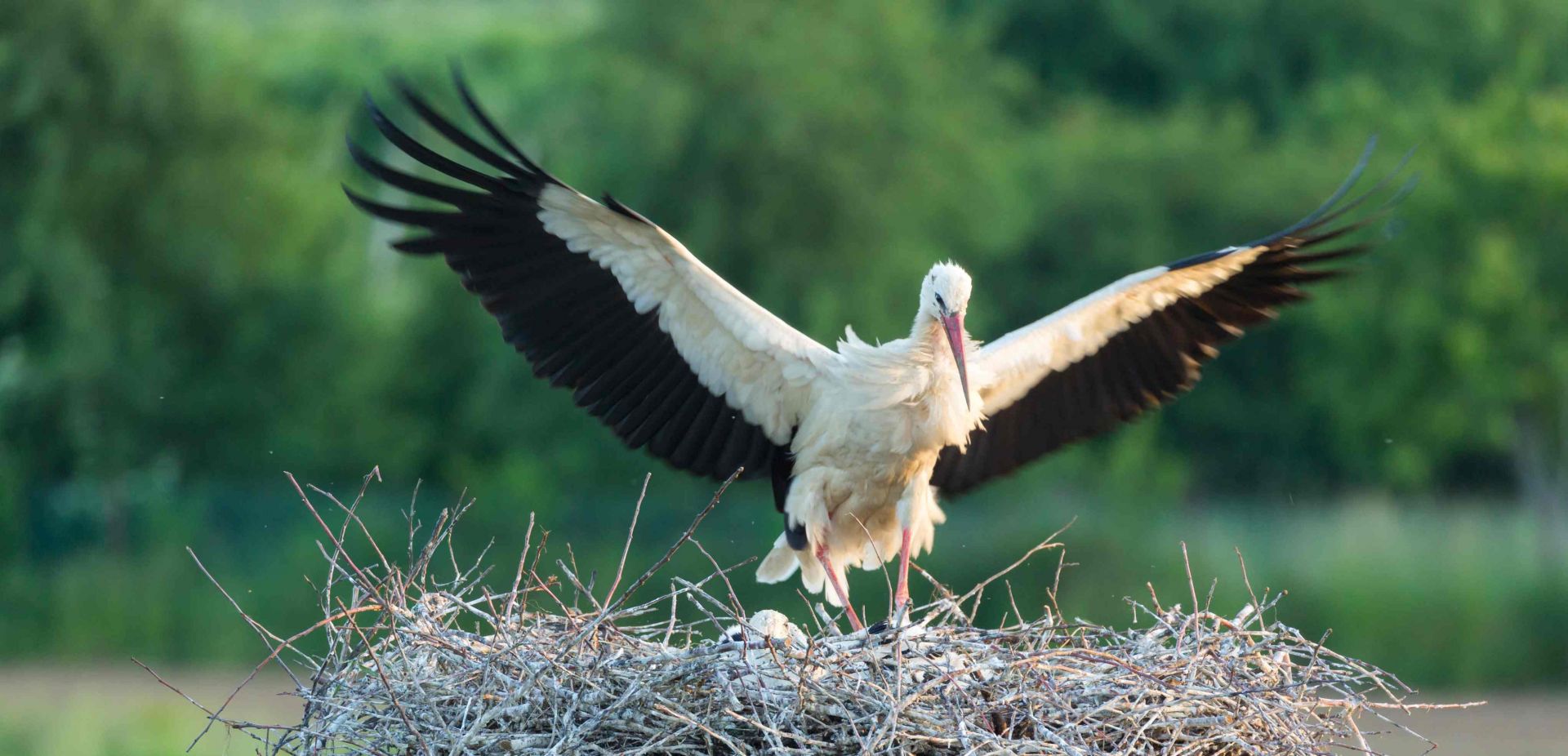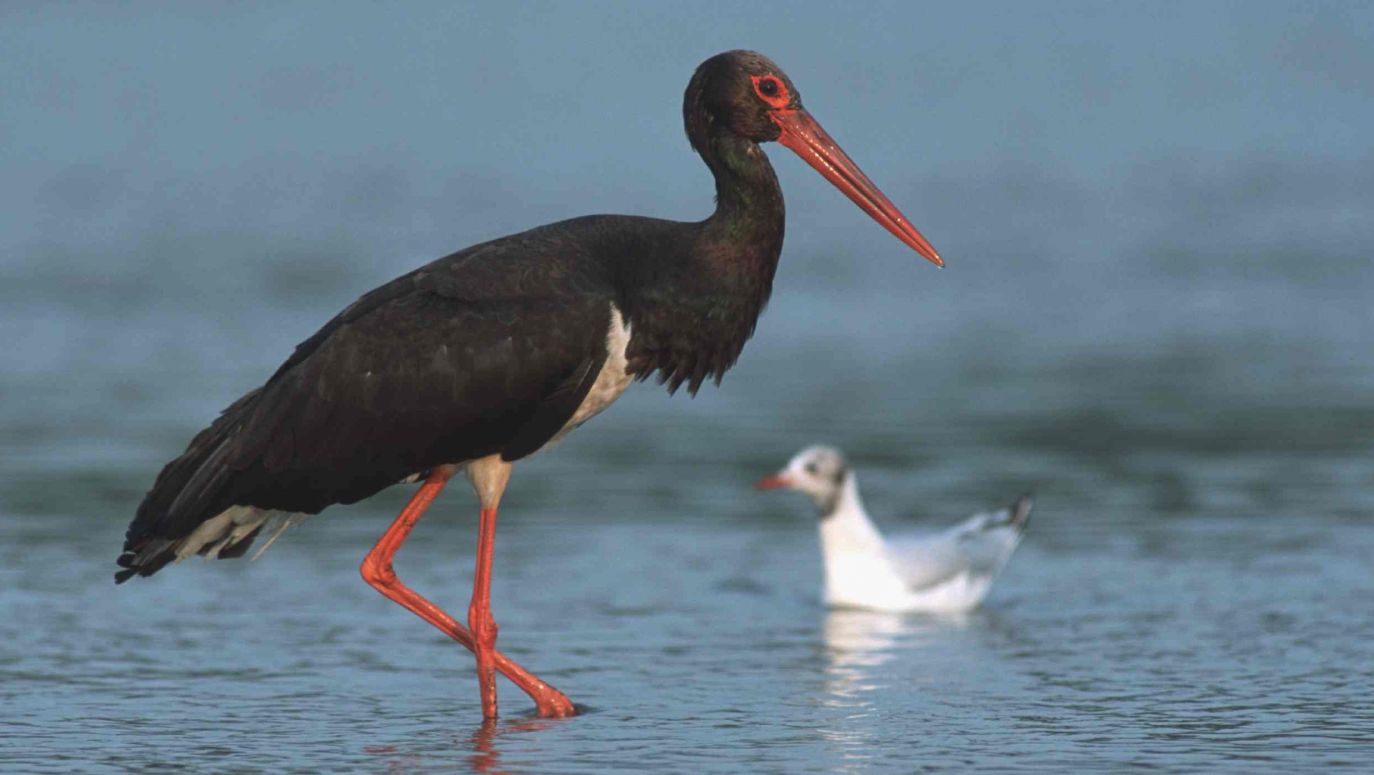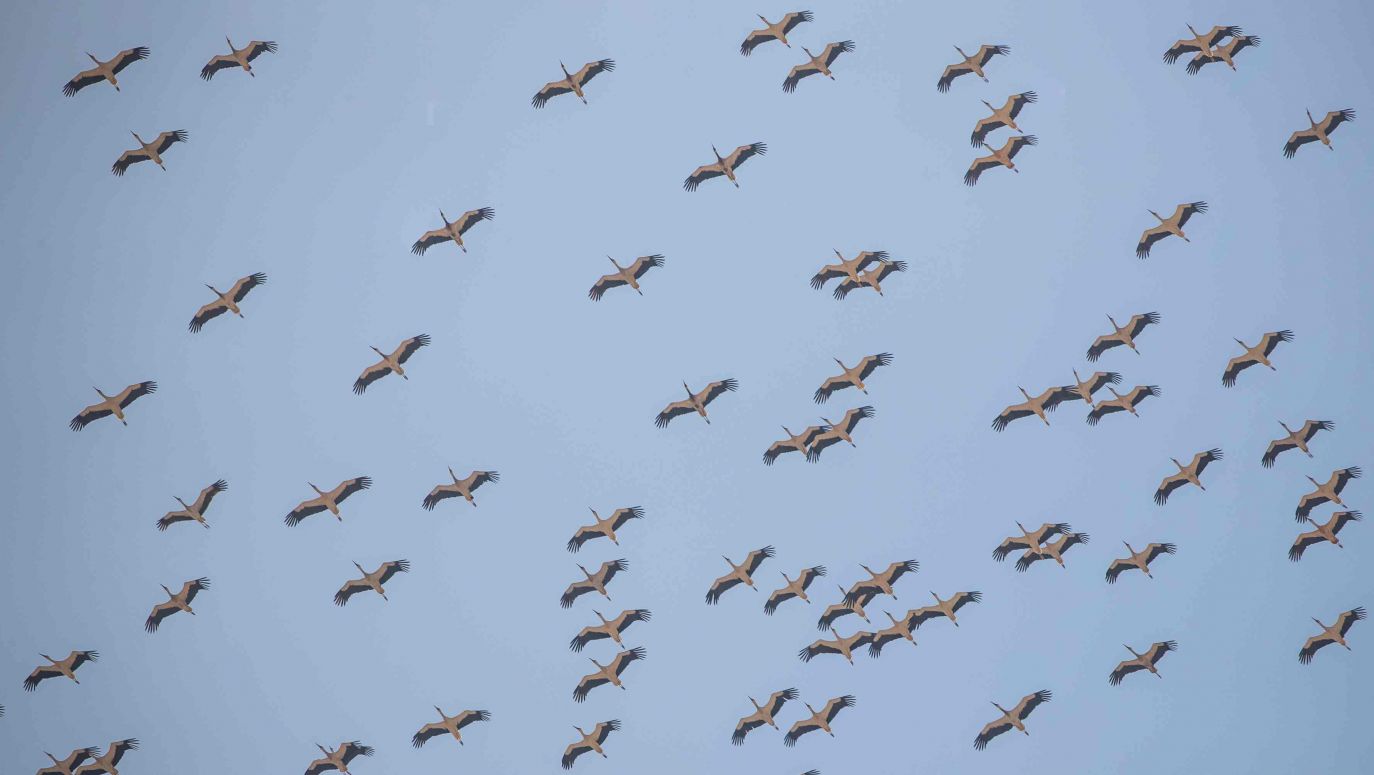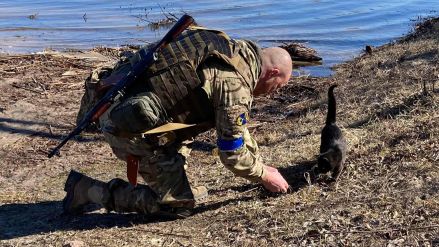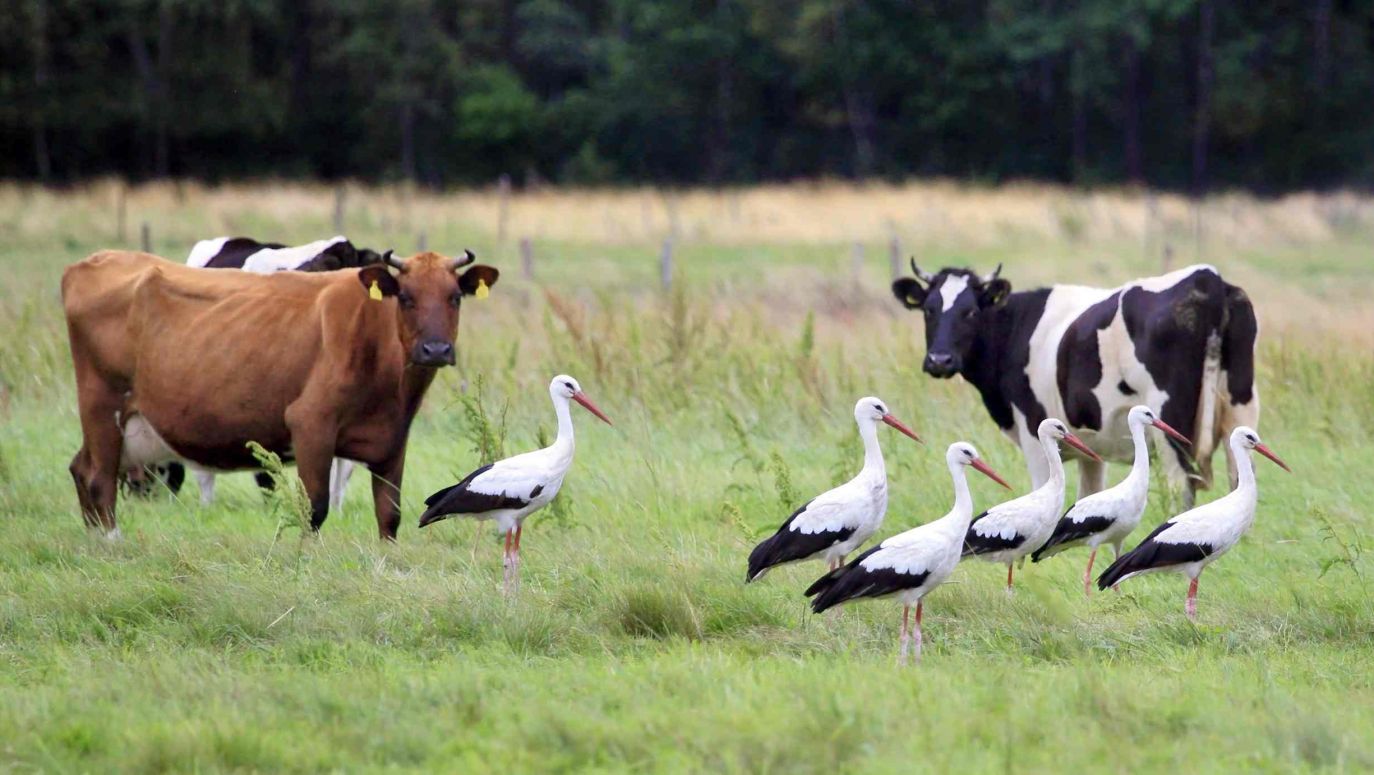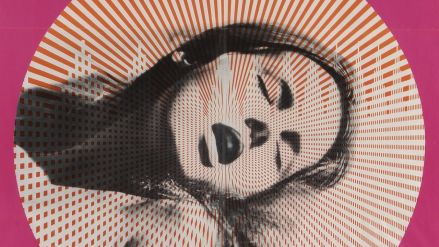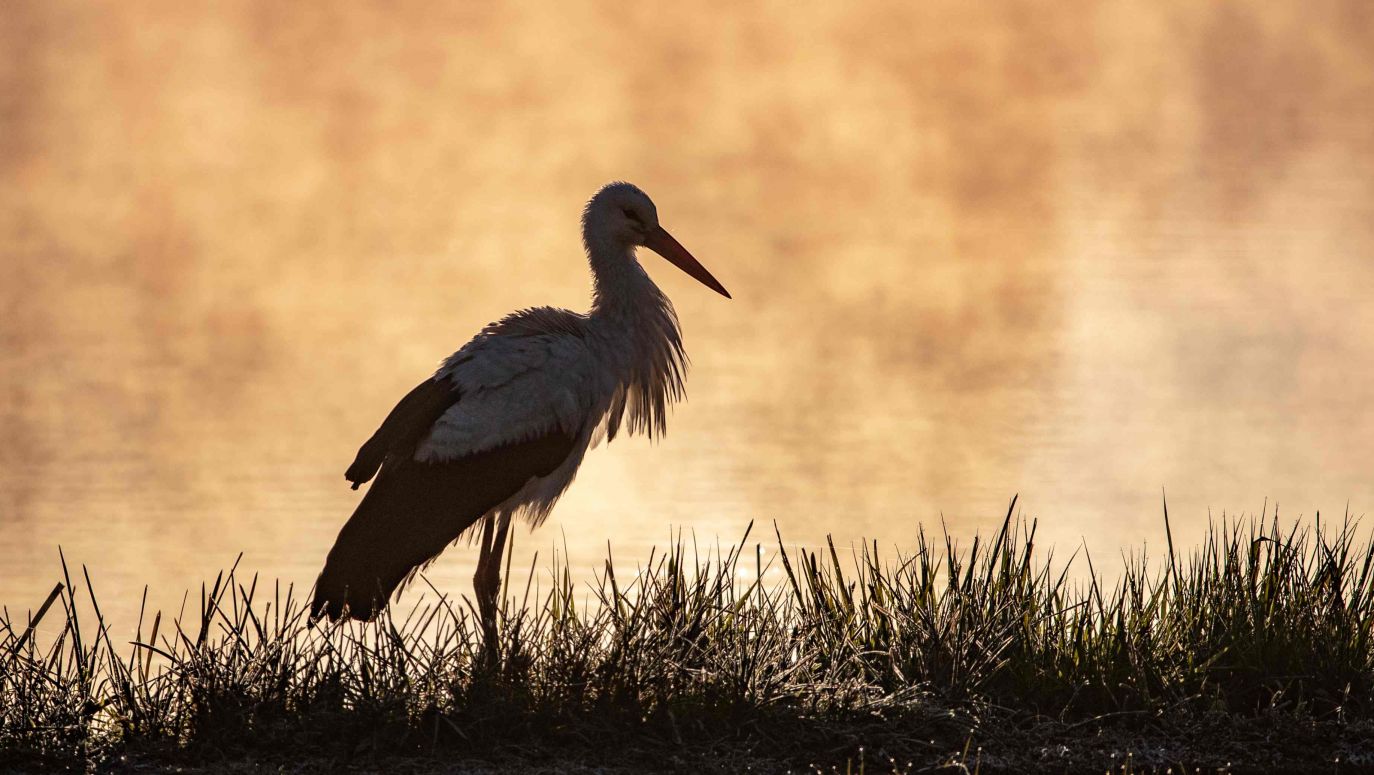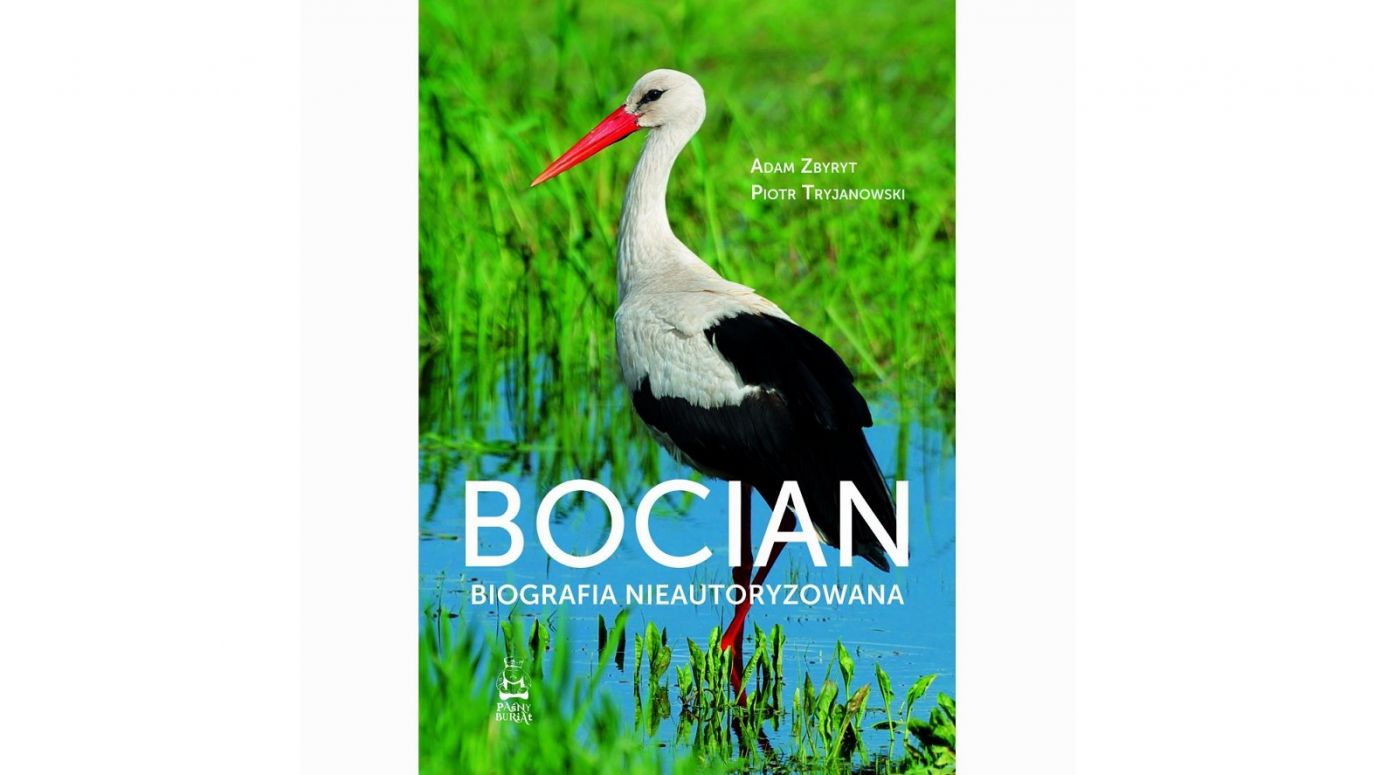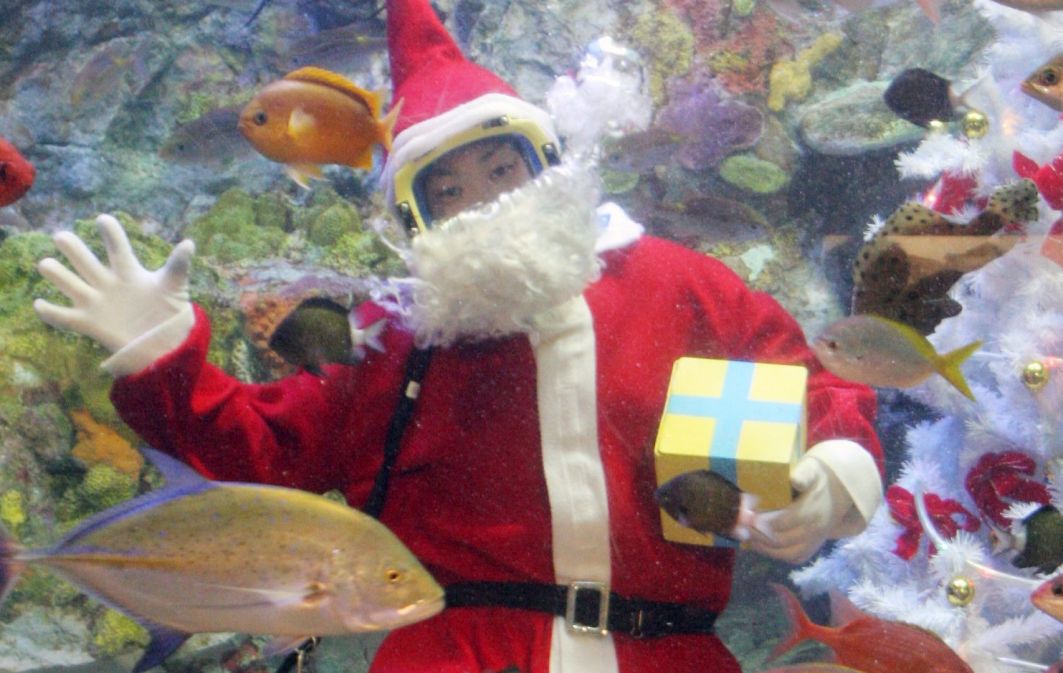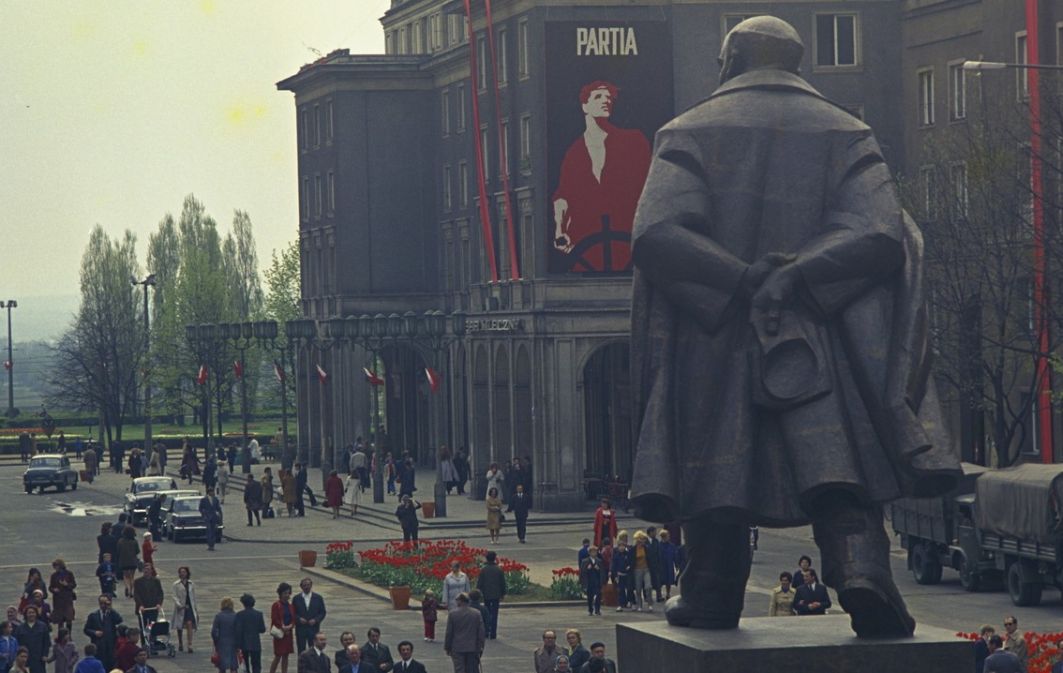Storks spend a large portion of time in our country in hot months, in the sun. How do they deal with this excessive heat and sun exposure? In a very peculiar way. Like all birds, they don’t sweat, since they don’t have sweat glands, but they feel warmth and the glare of the sun, and as you rightly noticed, they have to deal with it somehow. Naturally, white feathers help with this, reflecting rays, but not all parts of a stork are white, look at the aforementioned legs. What does it do with them. It whitens them. This is the very nice name for the process that consists of dirtying the legs with urine and excrement. An overheated stork shoots a stream of liquid excrement (during heatwaves it is very watery) on one of its legs, and as it dries it cools the body, which, thanks to this, efficiently draws away heat. Besides this, it helps, like with a human at the beach, to wade into water, but they also pant, or arrange their feathers so that they don’t retain heat. Young individuals in the nest can’t wade into water, so their parents bring water in their beaks to pour over them to cool them. It’s worth noting that covering the legs with urine and excrement is very durable. Getting rid of this covering is quite a challenge – even while hunting in water.
Since we’ve disproved the frog-eating stork myth to a certain degree, what should be do with the stork bearing children?
This is a very interesting “cultural legend”. To a certain degree it has even been studied by academics, who came to conclusions supported by statistical analysis that where there are more storks, there are more children. The legend that storks bring children is not only popular in Poland, but even reached America. In any case, there is a certain explanation. Let’s look, stork assemblies took place in August, so during harvests. At that time, people celebrated the end of work, nights were warm, long, they sat on sheafs and observed these stork groupings, and, since blood is thicker than water, intimate encounters happened here (laughter). From August to April, when storks returned again, these 9 months went by and in this way the saying came to pass, “the stork flies, children will arrive”. People connected the dots and this is how the legend persisted and in a certain sense, it’s true (laughter).
– In conversation with Marta Kawczyńska
TVP WEEKLY. Editorial team and jornalists
–Translated by Nicholas Siekierski
